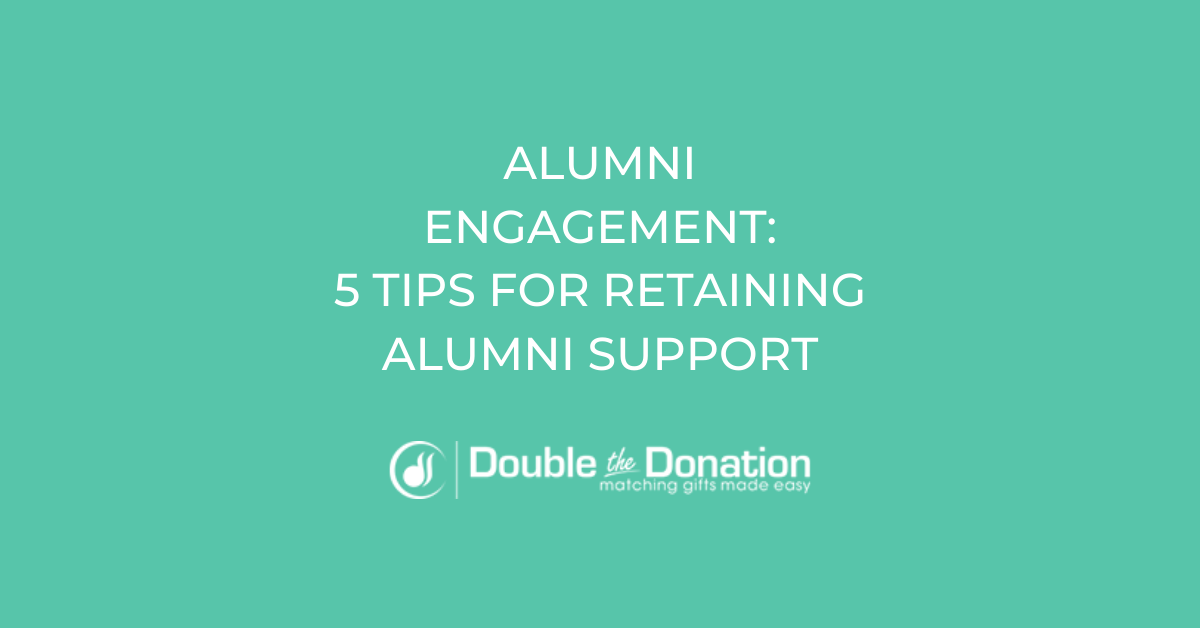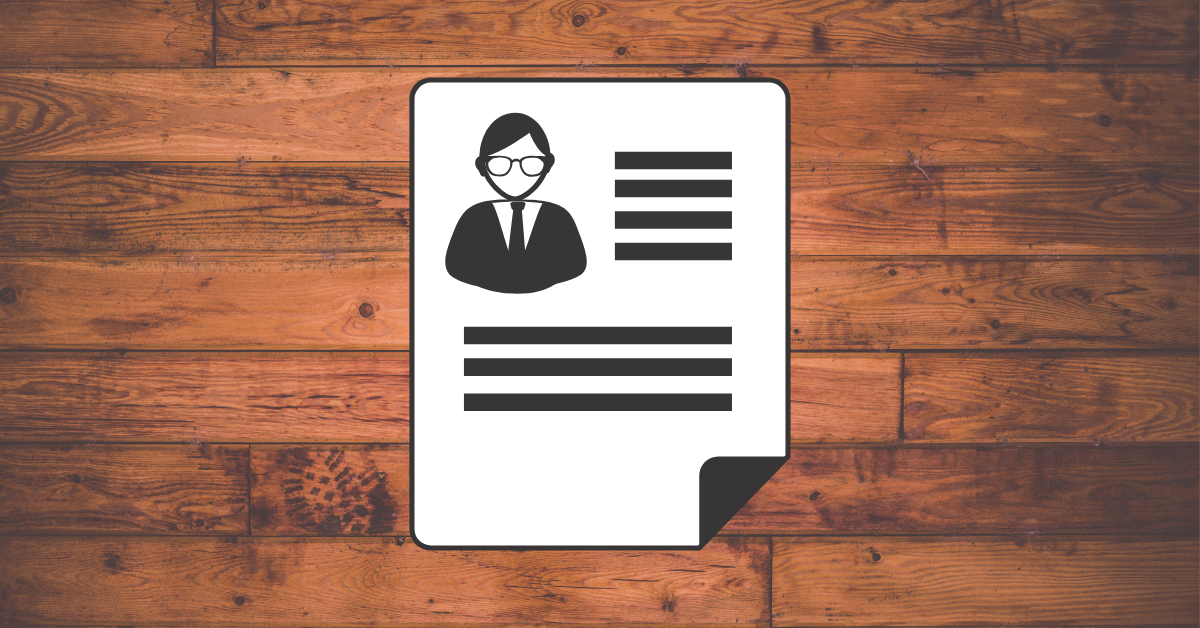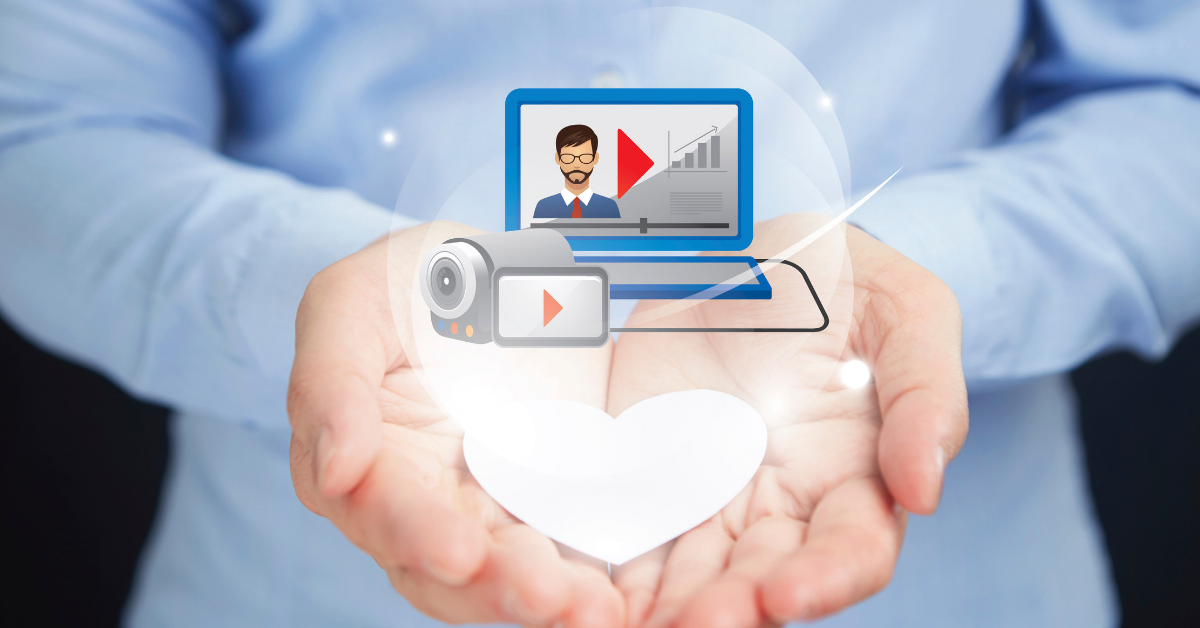min read
#GivingTuesday 2019 was a record-breaking year for philanthropy, continuing to gather traction world-wide. With online and offline giving combined, nearly $2 billion was donated on December 3rd, 2019. Online giving increased from $400 million in 2018 to $511 million this year. Online giving is clearly here to stay!
Our clients saw a lot of success this year, with 30 organizations raising a total of over $4.6 million from 25,000+ donors. You can see all of our client pages here or check out the stars of the show here.
The first hurdle in fundraising is getting donors in the door, but equally important is figuring out how to keep them around.
We all know that it costs more to secure a new donor than to retain one, so what can be done to maximize the opportunity with all of the #GivingTuesday donors?
This year, we made gifts to all of our clients that participated in #GivingTuesday to see what types of stewardship were happening. We’ve pulled out examples we received after the event to show you what great messages look like.

Level 1: Gift Receipt
Congratulations, you followed the law and set out a receipt! A gift receipt is not a thank you. Let me say that louder for the people in the back. A RECEIPT IS NOT A THANK YOU. Even if you say “thank you” in the copy, it is still just documentation of a transaction and that’s how your donor will view the communication.
Here’s an example of a great receipt. It’s short, to the point, but still includes some context. Receipts don’t have to be ugly! The images help solidify the brand and the organization while still conveying all of the necessary information.


Level 2: Generic Message
At a bare minimum, organizations should be sending out a supplemental thank you communication such as an email. Showing donors gratitude is important! Unlike purchasing something, people that make donations are not getting anything tangible in return and that should be appreciated (although there is a fair amount of science that shows people give to feel good about themselves and are thus getting something out of the process).
What’s worse than not getting a dedicated thank you? Making an ask in a thank you communication. Commonly known as a “thask”, this approach attempts to maximize touches by combining the thank you and the next ask. This comes across as ungrateful. Don’t worry, there are 364 other days of the year you can ask them to make a donation. Just let the thank you be a thank you.
Portland State’s thank you email is a great example of a thank you message. It is well-branded, has fun graphics, includes a summary of the giving event, and a mention of how the donor made this possible. This is a good option for organizations that are fundraising for a variety of programs and are unable to create individualized segments for each fund that raised money.


Level 3 – Personalized Message from a Generic Source
Personalization is a key to connecting with your donors and showing that they are seen and appreciated. And before you ask, no, a “first name” token in an email doesn’t count (although you should be doing it). Examples of this approach could be a hand-written thank you note sent in the mail or a phone call from a staff member or intern. The differentiator here is an action that can’t be done by an automated process. This shows your donor that extra time was taken to show your gratitude for their efforts. Here’s an example from Tarleton State University taking the time to write a card to us. It doesn’t have to be a novel; even this short message shows the commitment.


Level 4 – Personalized Message from the Impacted Source
Do you know what’s better than a thank you from an administrator? A thank you from someone that will personally benefit from a donor’s support. As soothing as your professional voice is, the donor doesn’t really want to hear from you. The most impactful way to connect with a donor is to show them one of the faces they are supporting. People connect with people. This approach works best when there are a variety of segments to do outreach to or a team of people ready to help create the content.
ThankView is a personalized thank-you video service that has been gaining popularity recently, allowing institutions to quickly film and send content that is delivered in a branded, engaging manner. The best use of this tool in terms of stewardship is to create a unique video for each donor, filmed and sent by the group that will be receiving the funds. Placing someone at the scene of impact, such as a soccer field for a project raising funds for equipment, will help contextualize the impact.
UC Santa Cruz sent this thank you message to their donors, showing students in the food pantry that they were raising money for. In addition, there is more information about the gift use in the written portion of the page.


Level 5 – Follow-Up
The peak level of stewardship is closing the loop and reporting back about the use of funds. This is one of the most important ways to connect with donors, an action that is often overlooked. Let’s face it: people are skeptical about how money is used when they donate. The best way to quell this fear is to simply communicate. Show the donor where the money went. The transparency not only builds trust with your donor, but helps them understand the impact they actually made. One of my favorite examples was at UC Santa Cruz for a crowdfunding project that was raising money to buy a sailboat for the sailing team. After they bought the boat, they emailed out a photo of the team on the new boat. It showed the tangible impact the gift made.
#GivingTuesday was so recent, we don’t have any examples of how funds have been used, YET. We’re excited to see yours soon! A previous gift had been made to No Barriers and we received this great example of follow-up in late November. There are images, faces, and stories to help create a picture of impact for the donor. All of the language is action-oriented which helps create momentum and bring the donor along in the experience.

The Bottom Line
So, what does all of this mean for you? Follow up with your donors! People won’t know they are appreciated if you don’t tell them. Most people also know that there are a lot of automated systems, so this doesn’t stand out. In order to be truly impactful, set up a way to have personalized outreach that demonstrates your appreciation and the impact they made. If this is done, you’ll see many more donors coming back to your organization year over year.







